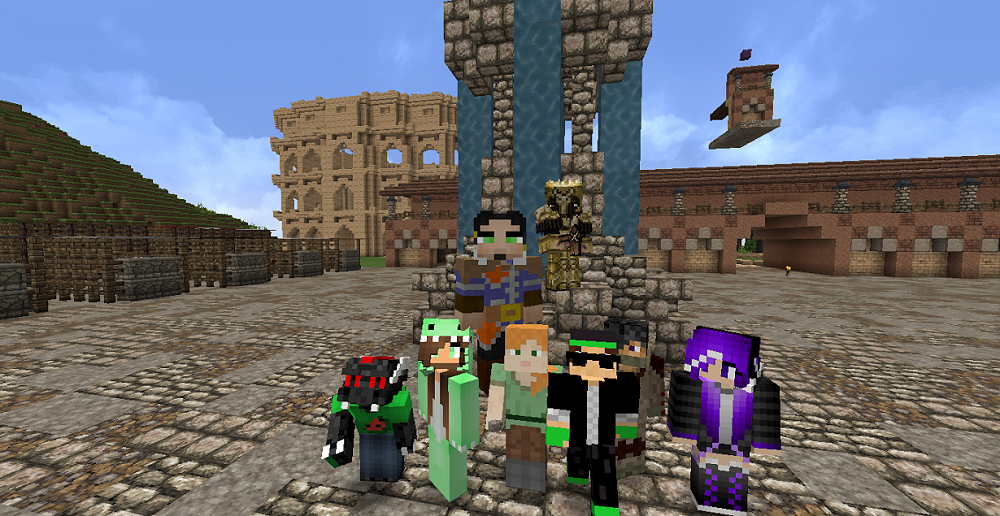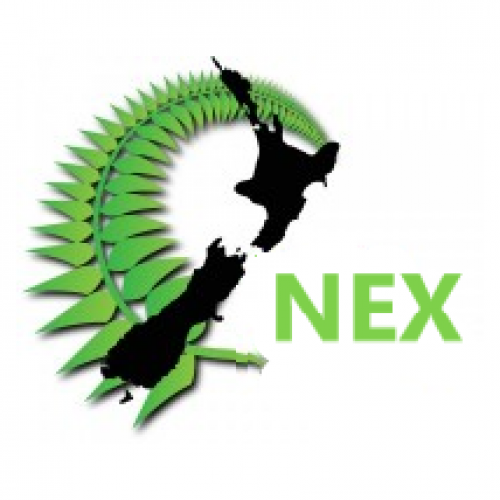
The Metaverse: Implications for Education
The concept of virtual worlds is nothing new. Who can remember Second life? However, the technology may be rapidly catching up with the concept. Virtual Worlds are becoming a normal part of many of our learners lives. However, to what extent are we exploring this in education? And, more specifically, what are the implications for online education?
A few years ago, I ran a programme called Crafting History. The aim was to use Minecraft as a space for exploring and recreating history. For example, we built our own Roman Town. To do this learners had to research the various aspects of not only Roman Towns, but also Roman society. Our initial build was Jericho, suggested by some as the first human settlement. Again, this provided a fantastic context for an inquiry. I was also determined that this would be used for NCEA. It was a senior course. Because there was a signficant research and communication component, I could use History and Classical Studies standards. It was a fantastic teaching experience. One I won't forget. A pity that some schools just did not 'get it'. To be fair, I would like to return to it or something like it.
One of the significant learnings from this for me, was the possibility of virtual worlds in online education. The group would meet via video conference once a week. When we did, we also logged into Minecraft. We would chat through the video conference, while walking (and flying) around our virtual world. Suddenly what was once a flat two dimensionable model, became three dimensional. It really hit me at the time.
Flip forward a few years and Minecraft has become a far more common tool for educators. Lots of schools and teachers have used it for all sorts of fantastic projects. It has also remained relevant to many teenagers. My 16 year old son and thirty of his schoolmates have used Minecraft to create their own virtual world. Everyday after school they login and build, interact, wander and sabotage! They have formed factions, each with its own emblem, flags and hiden home. Without any prompting they have created another reality for themselves.
Within our wider context we have seen the rise of the Metaverse. Two major crypto technologies are founded on it - Sandbox and Decentraland. Not only can you wander around and interact with others, attend events, etc but you can also purchase property (and many other things) and build structures that can be monetized. What was once viewed as science fiction is now (virtual) reality.
Let's throw virtual reality headsets into the mix as well. Rather than use your mouse or controller, you can actually replicate the feeling of being in the world. It is all around you. Ready Player One anyone?
The implications for education are significant, but let's think a bit more specifically about online or networked education. Basically what NetNZ does currently. There is a mountain of evidence and research that online education can become an isolating experience if there is not a deliberate approach to building connection and community. We found this in our lockdown experience. We started feeling isolated and disconnected from everyone apart from those we were directly living with. Some weren't living with anyone. The use of various synchonous and asynchronous technologies allows us to create a connected home for learners online. A place where there are others. We can often create the sense of immediacy that is a significant part of being face to face with others. It isn't the same as face to face (nor should it be) and it certainly doesn't replace it. However, it does allow us to make the environment for more accessible.
Now, let's consider that intent within the context of the metaverse. What if you can create three dimesional online spaces for your group of learners. What level of connection and immersion would this bring? Rather dystopian thoughts can run rampant here, and some of the implications are a little frightening. However using a postive lens, it changes the game.
Now consider this in a hybrid environment. Mapping out content for ākonga to work through online is missing the point a little. Yes, putting stuff online does potentially create a bit of flexiblity (done the right way ala, Albany Senior High School it builds signficant flexiblity as well as learner agency), but what is the experience like for those at the other end? Where is the connection? Where is the immersion?
Anyway, the challenge is now there. This is here. It is now a part of our ākongas' lives. It is rapidly becoming a part of our world. How do we adapt and develop its use in education in a way that enriches learning?
